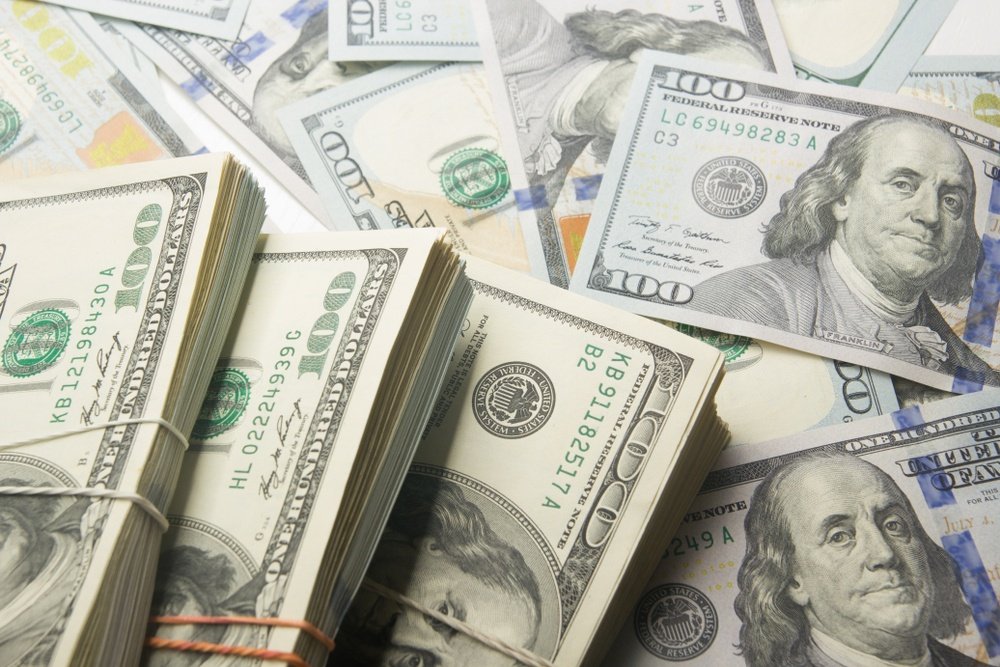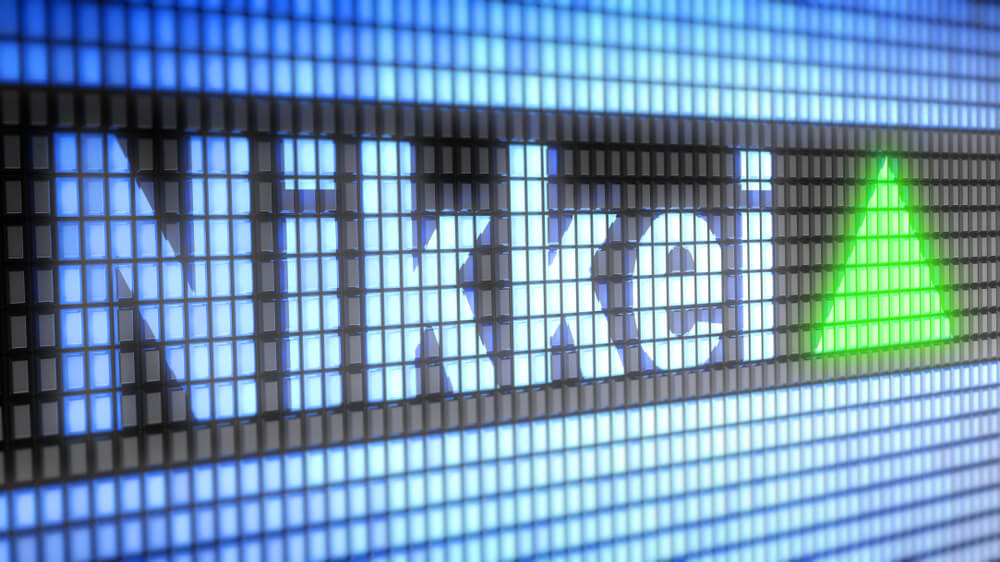On Friday, the USD exchange rate dropped to a near month low as the release of nonfarm payrolls loomed earlier asset tapering.
The US dollar index, which measures the greenback against its rival currencies, edged down to 0.02% to $92.21.
The dollar retreated after hitting a record high of 93.73 last August 20 as the Federal Reserve’s delayed policy tightening.
Consequently, investors look forward to the posting of the August nonfarm payrolls later this day.
The nonfarm payrolls for July reached 943,000, exceeding its forecast of 870,000.
Meanwhile, economists expected the August data to decline to 750,000 as the forecast unemployment rate dropped to 5.20% from 5.40%.
Last Thursday, the initial jobless claims fell 14,000 to 340,000, lower than the expected reading of 345,000.
In addition, layoffs dropped to their lowest, hinting at a recovery in the labor market.
In August, job cuts declined 17.00% to 15,723, which is the lowest since June 1997.
Meanwhile, major currency pairs increased in the foreign exchange market.
The EUR/USD pair improved 0.05% to $1.19 after hitting the highest $1.19 last August 4.
Likewise, the GBP/USD pair rose 0.04% to $1.38 as the USD/CHF pair climbed 0.02% to $0.91.
Similarly, the USD/CAD pair jumped 0.03% to $1.26, while NZD/USD pair hiked 0.18% to $0.71.
Also, the USD/JPY pair increased 0.08% to $110.01, which is stable near the center of its trading range since July.
Furthermore, the USD/CNY pair soared 0.05% to $6.46 as China’s Caixin services PMI dropped from the 50-mark, indicating growth.
AUD vs USD Hike on Upbeat US Job Data
Consequently, AUD vs USD increased in the trading session after the upbeat labor data eased COVID concerns.
The Aussie dollar soared 0.12% to $0.74 near three-week highs.
Moreover, Australia launched a rapid vaccination rollout that helped the markets to shrug off concerns about the economic slowdown.
Also, second-quarter data revealed that the Australian economy avoided a technical recession.
The economy grew 0.70% as household spending, and government expenditure rose.
In addition, Australia hiked to 9.60% compared to the same period last year.
Furthermore, the AUD/JPY pair edged up 0.30% to $81.57 as the AUD/CAD pair improved 0.20% to $0.93.
The AUD/CHF pair also jumped 0.23% to $0.68, while GBP/AUD declined 0.13% to $1.87.
















